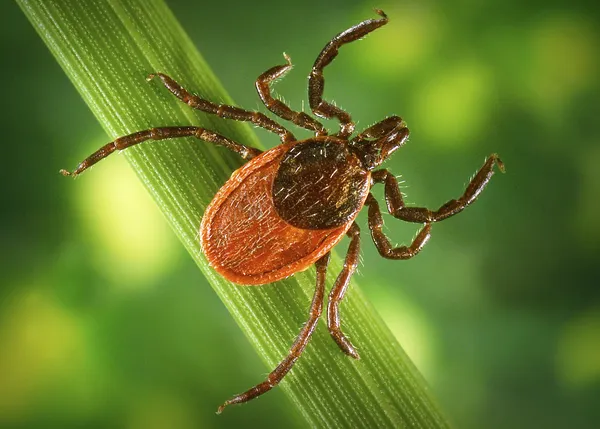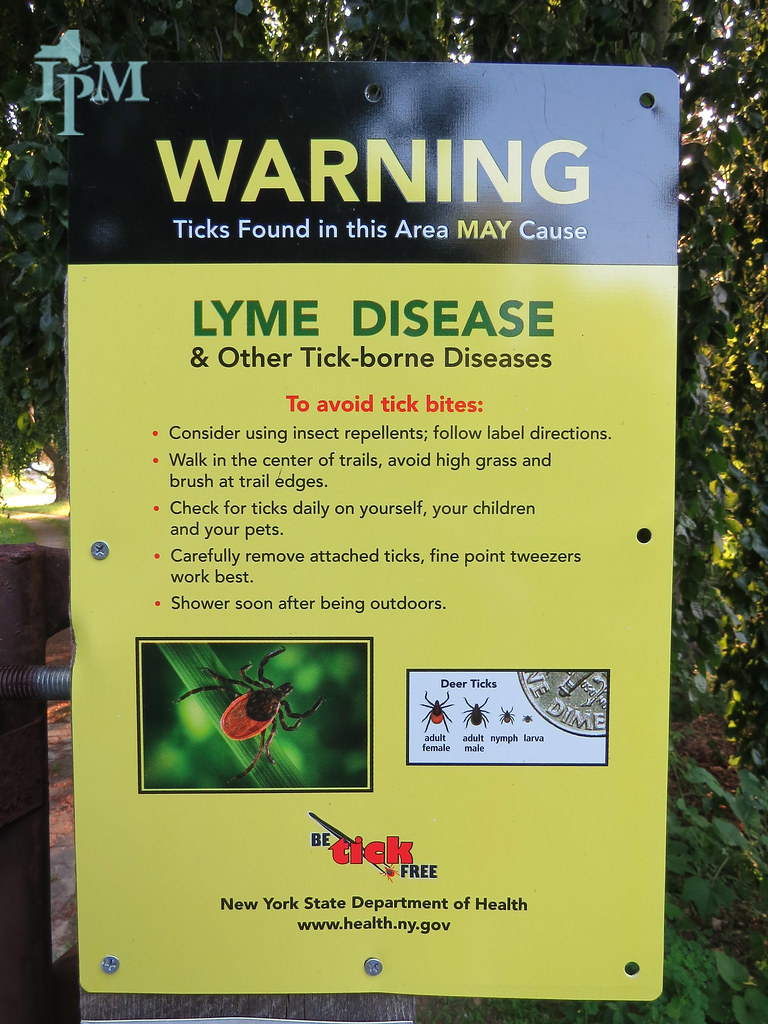Tips for the Beginning of Tick Season

Deer Tick. Photo: CDC (CC BY-ND 2.0)
This article was prepared with the assistance of Perplexity AI.
If you’ve been out in nature recently, you may have discovered that ticks are alive and well, despite the long winter and cold temperatures. As spring finally gets into gear, however, tick activity will increase, bringing increased risks of Lyme disease and other tick-borne illnesses. Massachusetts generally experiences two distinct peaks of tick activity: in spring (April–May) and fall (September–November). Climate change has extended tick seasons, with warmer winters enabling earlier spring activity and longer fall risk periods. Dog ticks, which are larger than the deer ticks that can transmit Lyme disease and tend to be less common in transmitting diseases, emerge later in spring. Here’s what you need to know to stay protected.
Key Diseases to Watch For
Massachusetts reports some of the nation’s highest rates of Lyme disease, with cases doubling over the past 25 years to 7.21 per 100,000 residents. Other threats include:
- Babesiosis and Anaplasmosis: Flu-like illnesses that can cause severe complications in older adults or immunocompromised individuals.
- Powassan Virus: Rare but deadly, with 10 Massachusetts cases reported in 2023. Symptoms range from fever to life-threatening brain inflammation.
- Borrelia miyamotoi and Tularemia: Emerging infections linked to deer and lone star ticks.
High-Risk Areas and Prevention Tips
Ticks favor wooded areas, tall grass, and leaf litter. To reduce exposure:
- Avoid walking through dense vegetation. Stick to cleared trails.
- Use repellents containing DEET (20–30%) or permethrin-treated clothing.
- Perform daily tick checks on yourself, children, and pets. Pay attention to hidden areas like armpits, scalps, and behind knees.
- Protect pets with veterinarian-recommended tick prevention treatments, as they often bring ticks indoors.
Early Intervention Matters
If bitten, remove ticks promptly with fine-tipped tweezers, pulling straight upward (see also here). Monitor for symptoms like rashes (especially Lyme’s “bullseye” rash), fever, or muscle pain, which can appear days to weeks after a bite. Contact a doctor immediately if symptoms arise—early antibiotic treatment is critical for Lyme and anaplasmosis.
Take Action Now
Begin yard maintenance early: clear leaf litter, mow lawns, and create gravel or wood-chip barriers between wooded areas and play spaces. Professional tick control services can apply safe treatments to reduce populations.
By adopting preventive habits and staying informed, Massachusetts residents can minimize risks and enjoy the outdoors safely.
Read more:
Mosquitos and Ticks in Massachusetts (mass.gov)
Climate Fact Sheet for Ticks and Mosquitoes (mass.gov)
Tick Borne Disease Prevention (mass.gov)

